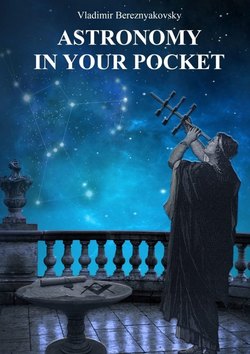Читать книгу Astronomy in your pocket - Vladimir Vladimirovich Bereznyakovsky - Страница 3
I. THE GREAT EXPLORERS
EGYPT
ОглавлениеIn Ancient Egypt, there was a complex mythology with many gods, and the astronomical ideas of the Egyptians were closely related to it. The Egyptian priests were the wisest astronomers of the time. Even then, the so-called schematic calendar was introduced, in which the year was divided into 12 months and contained 365 days, but the Egyptians knew that the true year is 6 hours longer. Egyptian priests had to perform night services to the God RA, so in order to determine the time not only during the day, but also at night, around 1500 BC, so-called star clocks were created based on the position of the stars in the night sky.
Of course, we can not say about the pyramid of Cheops, whose faces were oriented exactly to the cardinal directions, and the four corners of the pyramid pointed to the four signs of the zodiac: Taurus, Leo, Scorpio and Aquarius. The brightest stars in these constellations – Aldebaran, Regulus, Antares, and Fomalhaut – maintain the same distance from each other and are even now used as stable landmarks. It should be noted that the Egyptian astronomers could measure with great accuracy the distance between the stars and their position in space, because the location of the pyramids of Cheops, Chephren and mycerinus in the Giza pyramid complex coincides in all respects with the location of the stars Alnitak, Alnilam and mintaka in the constellation of Orion. The ancient Egyptians divided the sky into constellations, used the gnomon*, measured the height of the Sun above the horizon, knew six planets, and were even able to divide them into groups. It would seem that the Egyptians, a settled people, did not need astronomy, because the terms of agricultural work showed them the river Nile, yet it was on the Egyptian land in Alexandria that later worked Aristarchus of Samos, Eratosthenes, Timocharis, using the works of the priests, and the schematic calendar of the Egyptians used in their calculations Ptolemy and even Copernicus. We should also remember that one hour equal to 1/24 of the length of the day was offered to the world by the ancient Egyptians.
*Gnomon – the oldest astronomical instrument, which is a vertical object (obelisk, pole), allowing the length of its shadow to determine the angular height of the Sun. The gnomon is also called the part of a sundial, the shadow of which is determined by time.
